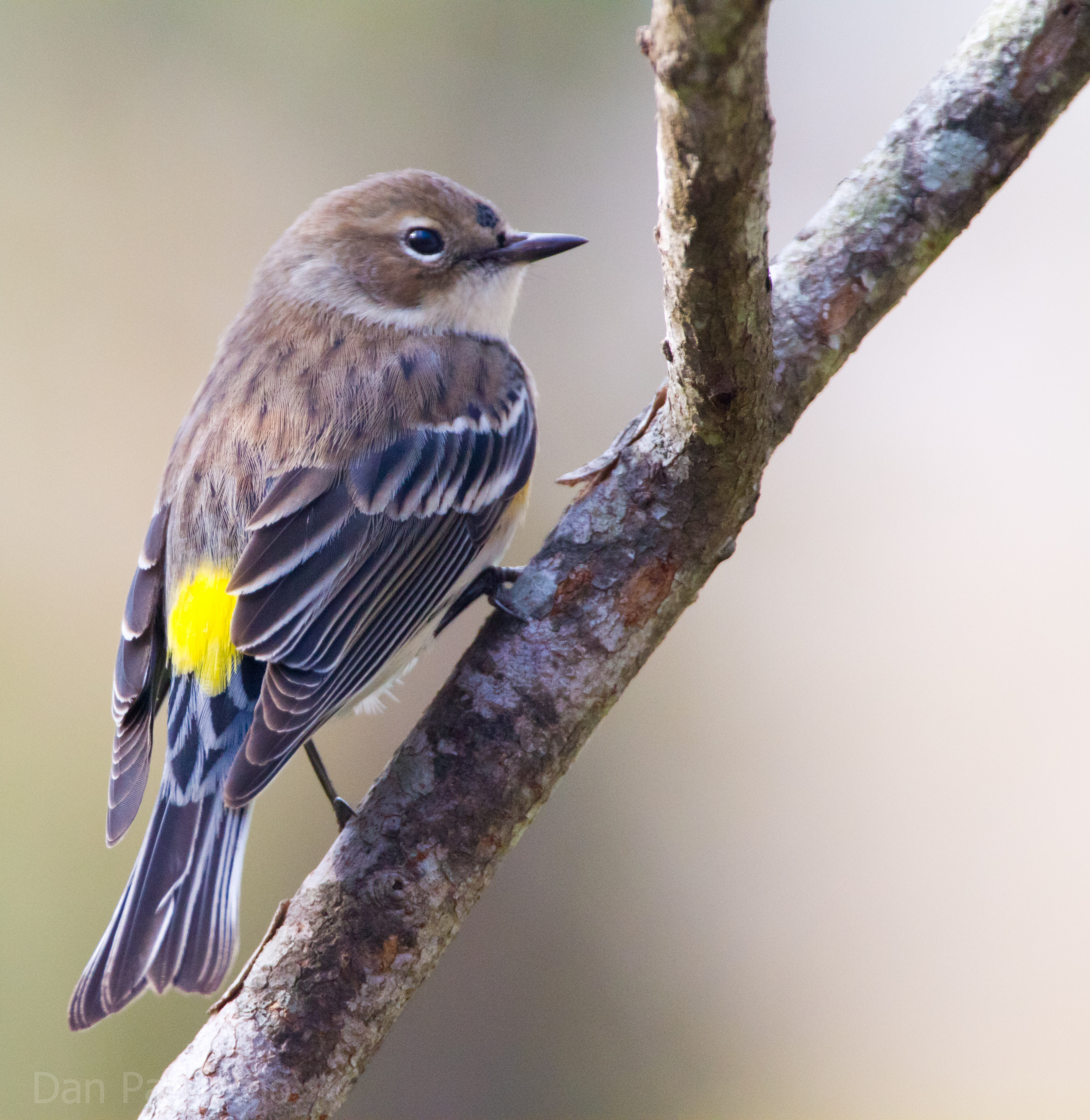|
Morella Pensylvanica
''Myrica pensylvanica'', the northern bayberry, is a species of '' Myrica'' native to eastern North America, from Newfoundland west to Ontario and Ohio, and south to North Carolina. It is also classified as ''Morella pensylvanica''. ''Myrica pensylvanica'' is a deciduous shrub growing to 4.5 m tall. The leaves are 2.5–7 cm long and 1.5-2.7 cm broad, broadest near the leaf apex, serrate, and sticky with a spicy scent when crushed. The flowers are borne in catkins 3–18 mm long, in range of colors from green to red. The fruit is a wrinkled berry 3–5.5 mm diameter, with a pale blue-purple waxy coating; they are an important food for yellow-rumped warblers. This species has root nodules containing nitrogen-fixing microorganisms, allowing it to grow in relatively poor soils. Taxonomy This plant is one of several '' Myrica'' species that are sometimes split into the genus ''Morella'', e.g. in the Integrated Taxonomic Information System. Additionally ... [...More Info...] [...Related Items...] OR: [Wikipedia] [Google] [Baidu] |
Myrica
''Myrica'' is a genus of about 35–50 species of small trees and shrubs in the family Myricaceae, order Fagales. The genus has a wide distribution, including Africa, Asia, Europe, North America and South America, and missing only from Australia. Some botanists split the genus into two genera on the basis of the catkin and fruit structure, restricting ''Myrica'' to a few species, and treating the others in ''Morella''.Valérie Huguet, Manolo Gouy, Philippe Normand, Jeff F. Zimpfer, and Maria P. Fernandez. 2005. "Molecular phylogeny of Myricaceae: a reexamination of host-symbiont specificity". ''Molecular Phylogenetics and Evolution'' 34(3):557–568. Common names include bayberry, bay-rum tree, candleberry, sweet gale, and wax-myrtle. The generic name was derived from the Greek word μυρίκη (''myrike''), meaning "fragrance". Characteristics The species vary from 1m shrubs up to 20m trees; some are deciduous, but the majority of species are evergreen. The roots have nit ... [...More Info...] [...Related Items...] OR: [Wikipedia] [Google] [Baidu] |
Yellow-rumped Warbler
The yellow-rumped warbler (''Setophaga coronata'') is a regular North American bird species that can be commonly observed all across the continent. Its extensive distribution range connects both the Pacific and Atlantic coasts of the U.S. as well as Canada and Central America, with the population concentrating in the continent's northern parts during the breeding season and migrating southwards to southern North and Central America in Winter. The species generally prefers coniferous forests or mixed coniferous-deciduous forests as its breeding habitat, while during the winter it can be found inhabiting more open areas such as shrublands that offer food resources. The diet of the yellow-rumped warbler is based primarily on insects, though the species does eat fruits such as juniper berries as well, especially in winter. The species combines four closely related forms: the eastern myrtle warbler (spp. ''coronata''); its western counterpart, Audubon's warbler (spp. group ''auduboni' ... [...More Info...] [...Related Items...] OR: [Wikipedia] [Google] [Baidu] |
Flora Of The Southeastern United States
Flora is all the plant life present in a particular region or time, generally the naturally occurring (indigenous) native plants. Sometimes bacteria and fungi are also referred to as flora, as in the terms ''gut flora'' or '' skin flora''. Etymology The word "flora" comes from the Latin name of Flora, the goddess of plants, flowers, and fertility in Roman mythology. The technical term "flora" is then derived from a metonymy of this goddess at the end of the sixteenth century. It was first used in poetry to denote the natural vegetation of an area, but soon also assumed the meaning of a work cataloguing such vegetation. Moreover, "Flora" was used to refer to the flowers of an artificial garden in the seventeenth century. The distinction between vegetation (the general appearance of a community) and flora (the taxonomic composition of a community) was first made by Jules Thurmann (1849). Prior to this, the two terms were used indiscriminately.Thurmann, J. (1849). ''Essai de Phy ... [...More Info...] [...Related Items...] OR: [Wikipedia] [Google] [Baidu] |
Flora Of The Northeastern United States
Flora is all the plant life present in a particular region or time, generally the naturally occurring (indigenous) native plants. Sometimes bacteria and fungi are also referred to as flora, as in the terms '' gut flora'' or '' skin flora''. Etymology The word "flora" comes from the Latin name of Flora, the goddess of plants, flowers, and fertility in Roman mythology. The technical term "flora" is then derived from a metonymy of this goddess at the end of the sixteenth century. It was first used in poetry to denote the natural vegetation of an area, but soon also assumed the meaning of a work cataloguing such vegetation. Moreover, "Flora" was used to refer to the flowers of an artificial garden in the seventeenth century. The distinction between vegetation (the general appearance of a community) and flora (the taxonomic composition of a community) was first made by Jules Thurmann (1849). Prior to this, the two terms were used indiscriminately.Thurmann, J. (1849). ''Essai de P ... [...More Info...] [...Related Items...] OR: [Wikipedia] [Google] [Baidu] |
Bayberry Wax
Bayberry wax is an aromatic green vegetable wax. It is removed from the surface of the fruit of the bayberry (wax-myrtle) shrub (ex. ''Myrica cerifera'') by boiling the fruits in water and skimming the wax from the surface of the water. It is made up primarily of esters of lauric, myristic, and palmitic acid. Uses Bayberry wax is used primarily in the manufacture of scented candles and other products where its distinctive resinous fragrance is desirable. Properties *Melting point = *Acid value = 3.5 *Saponification value = 205–217 *Iodine number Iodine is a chemical element with the symbol I and atomic number 53. The heaviest of the stable halogens, it exists as a semi-lustrous, non-metallic solid at standard conditions that melts to form a deep violet liquid at , and boils to a vio ... = 1.9–3.9 References {{reflist Waxes ... [...More Info...] [...Related Items...] OR: [Wikipedia] [Google] [Baidu] |
Myrica Cerifera
''Myrica cerifera'' is a small evergreen tree or large shrub native to North and Central America and the Caribbean. Its common names include southern wax myrtle, southern bayberry, candleberry, bayberry tree, and tallow shrub. It sees uses both in the garden and for candlemaking, as well as a medicinal plant. Description ''Myrica cerifera'' is a small tree or large shrub, reaching up to 14m tall. It is adaptable to many habitats, growing naturally in wetlands, near rivers and streams, sand dunes, fields, hillsides, pine barrens, and in both coniferous and mixed-broadleaf forests. ''M. cerifera'' can weather coastal storms, long droughts, and tropical high temperatures. In nature, it ranges from Central America, northward into the southeastern and south-central United States. Wax Myrtle can be successfully cultivated as far north as the New York City area and southern Ohio Valley. It also grows in Bermuda and the Caribbean. In terms of succession, ''M. cerifera'' is often one of ... [...More Info...] [...Related Items...] OR: [Wikipedia] [Google] [Baidu] |
Myrica Caroliniensis
''Myrica caroliniensis'' is a shrub or small tree native to the coast and coastal plains of southeastern North America. Its common names include bayberry, southern bayberry, pocosin bayberry, and evergreen bayberry. It sees uses in the garden and for candlemaking, as well as a medicinal plant. Taxonomy This plant is one of several ''Myrica'' species that are sometimes split into the genus ''Morella'', e.g. in the Integrated Taxonomic Information System. Additionally '' M. pensylvanica'', which occurs more northerly, and this species are sometimes lumped, disregarding the putative difference that ''M. pensylvanica'' is deciduous. ''M. caroliniensis'' has several synonyms aside from the ''Myrica''/''Morella'' and ''M. pensylvanica'' splits: ''Myrica heterophylla'', ''Cerothamnus caroliniensis'', and ''Myrica heterophylla'' var. curtissii. ''M. caroliniensis'' is similar to wax myrtle, '' M. cerifera''. These plants' leaves and scent distinguish them: wax myrtle leaves have scent gl ... [...More Info...] [...Related Items...] OR: [Wikipedia] [Google] [Baidu] |
Integrated Taxonomic Information System
The Integrated Taxonomic Information System (ITIS) is an American partnership of federal agencies designed to provide consistent and reliable information on the taxonomy of biological species. ITIS was originally formed in 1996 as an interagency group within the US federal government, involving several US federal agencies, and has now become an international body, with Canadian and Mexican government agencies participating. The database draws from a large community of taxonomic experts. Primary content staff are housed at the Smithsonian National Museum of Natural History and IT services are provided by a US Geological Survey facility in Denver. The primary focus of ITIS is North American species, but many biological groups exist worldwide and ITIS collaborates with other agencies to increase its global coverage. Reference database ITIS provides an automated reference database of scientific and common names for species. As of May 2016, it contains over 839,000 scientific names, ... [...More Info...] [...Related Items...] OR: [Wikipedia] [Google] [Baidu] |
Lumping And Splitting
Lumpers and splitters are opposing factions in any discipline that has to place individual examples into rigorously defined categories. The lumper–splitter problem occurs when there is the desire to create classifications and assign examples to them, for example schools of literature, biological taxa and so on. A "lumper" is a person who assigns examples broadly, assuming that differences are not as important as signature similarities. A "splitter" is one who makes precise definitions, and creates new categories to classify samples that differ in key ways. Origin of the terms The earliest known use of these terms was by Charles Darwin, in a letter to Joseph Dalton Hooker in 1857: ''It is good to have hair-splitters & lumpers''. They were introduced more widely by George G. Simpson in his 1945 work ''The Principles of Classification and a Classification of Mammals''. As he put it: A later use can be found in the title of a 1969 paper "On lumpers and splitters ..." by the m ... [...More Info...] [...Related Items...] OR: [Wikipedia] [Google] [Baidu] |
Nitrogen Fixation
Nitrogen fixation is a chemical process by which molecular nitrogen (), with a strong triple covalent bond, in the air is converted into ammonia () or related nitrogenous compounds, typically in soil or aquatic systems but also in industry. Atmospheric nitrogen is molecular dinitrogen, a relatively nonreactive molecule that is metabolically useless to all but a few microorganisms. Biological nitrogen fixation or ''diazotrophy'' is an important microbials mediated process that converts dinitrogen (N2) gas to ammonia (NH3) using the nitrogenase protein complex (Nif). Nitrogen fixation is essential to life because fixed inorganic nitrogen compounds are required for the biosynthesis of all nitrogen-containing organic compounds, such as amino acids and proteins, nucleoside triphosphates and nucleic acids. As part of the nitrogen cycle, it is essential for agriculture and the manufacture of fertilizer. It is also, indirectly, relevant to the manufacture of all nitrogen chemical c ... [...More Info...] [...Related Items...] OR: [Wikipedia] [Google] [Baidu] |
Fruit
In botany, a fruit is the seed-bearing structure in flowering plants that is formed from the ovary after flowering. Fruits are the means by which flowering plants (also known as angiosperms) disseminate their seeds. Edible fruits in particular have long propagated using the movements of humans and animals in a symbiotic relationship that is the means for seed dispersal for the one group and nutrition for the other; in fact, humans and many animals have become dependent on fruits as a source of food. Consequently, fruits account for a substantial fraction of the world's agricultural output, and some (such as the apple and the pomegranate) have acquired extensive cultural and symbolic meanings. In common language usage, "fruit" normally means the seed-associated fleshy structures (or produce) of plants that typically are sweet or sour and edible in the raw state, such as apples, bananas, grapes, lemons, oranges, and strawberries. In botanical usage, the term "fruit" also i ... [...More Info...] [...Related Items...] OR: [Wikipedia] [Google] [Baidu] |




